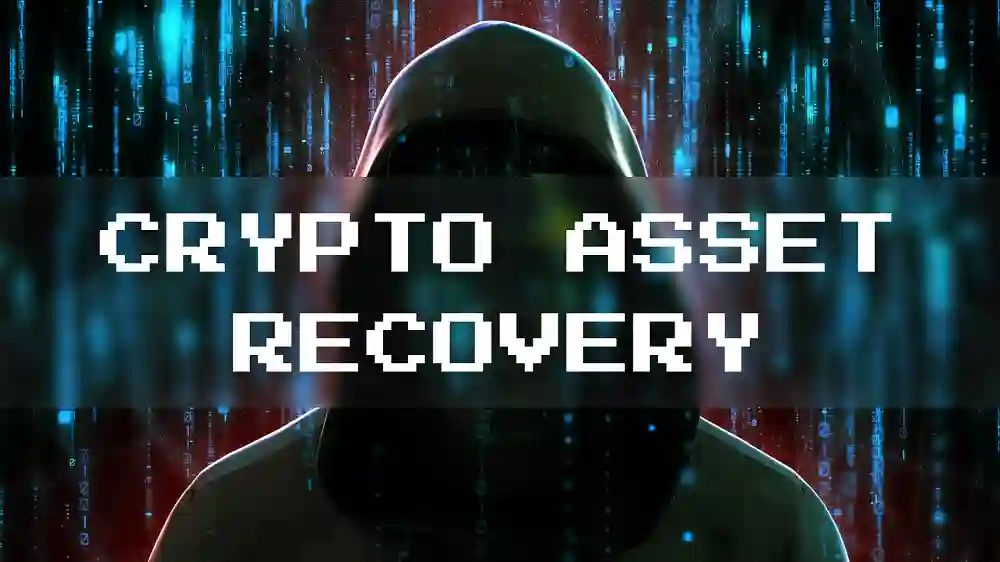In recent years, the rise of cryptocurrencies has opened up new opportunities for financial freedom and innovation. However, the rapid growth of the crypto market has also attracted scammers and fraudsters, targeting unsuspecting individuals looking to invest in digital currencies. If you’ve fallen victim to a crypto scam, the process of asset recovery can be daunting. This guide will walk you through the steps of crypto scam asset recovery and provide useful tips for beginners in 2025.
What is a Crypto Scam?
A crypto scam is any fraudulent activity involving cryptocurrencies, where scammers deceive individuals into investing in non-existent or fake crypto assets, stealing their funds or personal information. These scams can take many forms, including phishing attacks, Ponzi schemes, fake initial coin offerings (ICOs), and fake crypto wallets or exchanges.
If you find yourself the victim of such scams, it’s essential to act quickly and understand how crypto scam asset recovery works to regain your lost funds.
How to Identify a Crypto Scam
Before diving into the recovery process, it’s crucial to be able to identify common red flags of a crypto scam. Here are some common signs to look out for:
- Unrealistic Promises of High Returns: If an investment opportunity seems too good to be true, it probably is. Scammers often promise guaranteed high returns with minimal risk, which is a major warning sign.
- Lack of Transparency: Legitimate crypto projects typically provide transparency about their team, technology, and business operations. If the project lacks a credible team or clear information, it might be a scam.
- Pressure Tactics: Scammers often try to create a sense of urgency, pressuring you to invest quickly to “secure your spot” or take advantage of “limited-time offers.”
- Unregulated Platforms: Legitimate crypto exchanges and platforms are regulated and follow standard financial procedures. If the platform you’re dealing with is unregulated and operates in secrecy, it’s a huge red flag.
Steps to Take for Crypto Scam Asset Recovery
If you’ve fallen victim to a crypto scam, it’s important to act quickly to maximize your chances of recovering your lost assets. Here’s a step-by-step guide for crypto scam asset recovery:
Step 1: Document All Transactions and Communications
The first step in recovering your assets is to gather all relevant information about the scam. This includes:
- Screenshots of the scam website or platform.
- Email or chat communications with the scammers.
- Transaction records, such as wallet addresses, amounts transferred, and dates.
This documentation will be essential when reporting the scam to authorities or working with asset recovery services.
Step 2: Report the Scam
One of the first actions to take is to report the scam to relevant authorities. Depending on your country, there are various platforms where you can file a report. For instance:
- In the U.S., you can report to the Federal Trade Commission (FTC), Consumer Financial Protection Bureau (CFPB), or the Internet Crime Complaint Center (IC3).
- In the U.K., you can report to Action Fraud or the Financial Conduct Authority (FCA).
Additionally, if the scam involved a specific crypto exchange or wallet service, contact their support team to alert them about the fraudulent activity.
Step 3: Contact Your Bank or Payment Provider
If you made payments via credit card, bank transfer, or other payment methods, it’s worth contacting your bank or payment provider to inquire about possible chargebacks or payment reversals. In some cases, they may be able to assist in recovering funds, especially if the payment was recent.
Step 4: Seek Professional Help
If you’ve been scammed, you might want to consider working with professional asset recovery experts. Many companies specialize in recovering assets lost to crypto scams. They can track down the scammer’s wallet addresses and attempt to retrieve your funds. Make sure to choose a reputable firm, as the recovery process can be complicated, and there are many fraudulent recovery services out there.
Be cautious when selecting a recovery firm. Research them thoroughly and check for customer reviews, testimonials, and ratings. A trustworthy asset recovery firm will typically offer a consultation before engaging in any paid recovery services.
Step 5: Use Blockchain Tracking Tools
Since blockchain transactions are transparent and publicly available, it’s possible to track the movement of stolen funds. Several blockchain tracking tools and services allow you to trace the flow of funds to different wallets. While you may not be able to recover your assets directly, these tools can provide crucial evidence to support your claim and help authorities or asset recovery firms in their investigation.
Step 6: Be Wary of Recovery Scams
Unfortunately, many scammers prey on victims of crypto fraud by offering fake recovery services. Always be cautious of companies or individuals promising to recover your assets for a fee upfront. Legitimate recovery services will generally only charge a fee after successfully recovering your funds.
Step 7: Stay Educated and Protect Yourself
To avoid falling victim to future scams, it’s essential to stay educated on the latest trends and best practices in the crypto space. Make sure to:
- Research any platform or individual thoroughly before making investments.
- Enable two-factor authentication (2FA) on your accounts.
- Use hardware wallets to store your crypto assets securely.
Conclusion
The rise of cryptocurrency has brought many exciting opportunities, but it’s also led to an increase in scams and fraudulent schemes. If you’ve been the victim of a crypto scam, don’t panic. Take immediate action by documenting all transactions, reporting the scam to authorities, and seeking professional recovery assistance. With the right steps, you can increase your chances of successfully recovering your assets.


